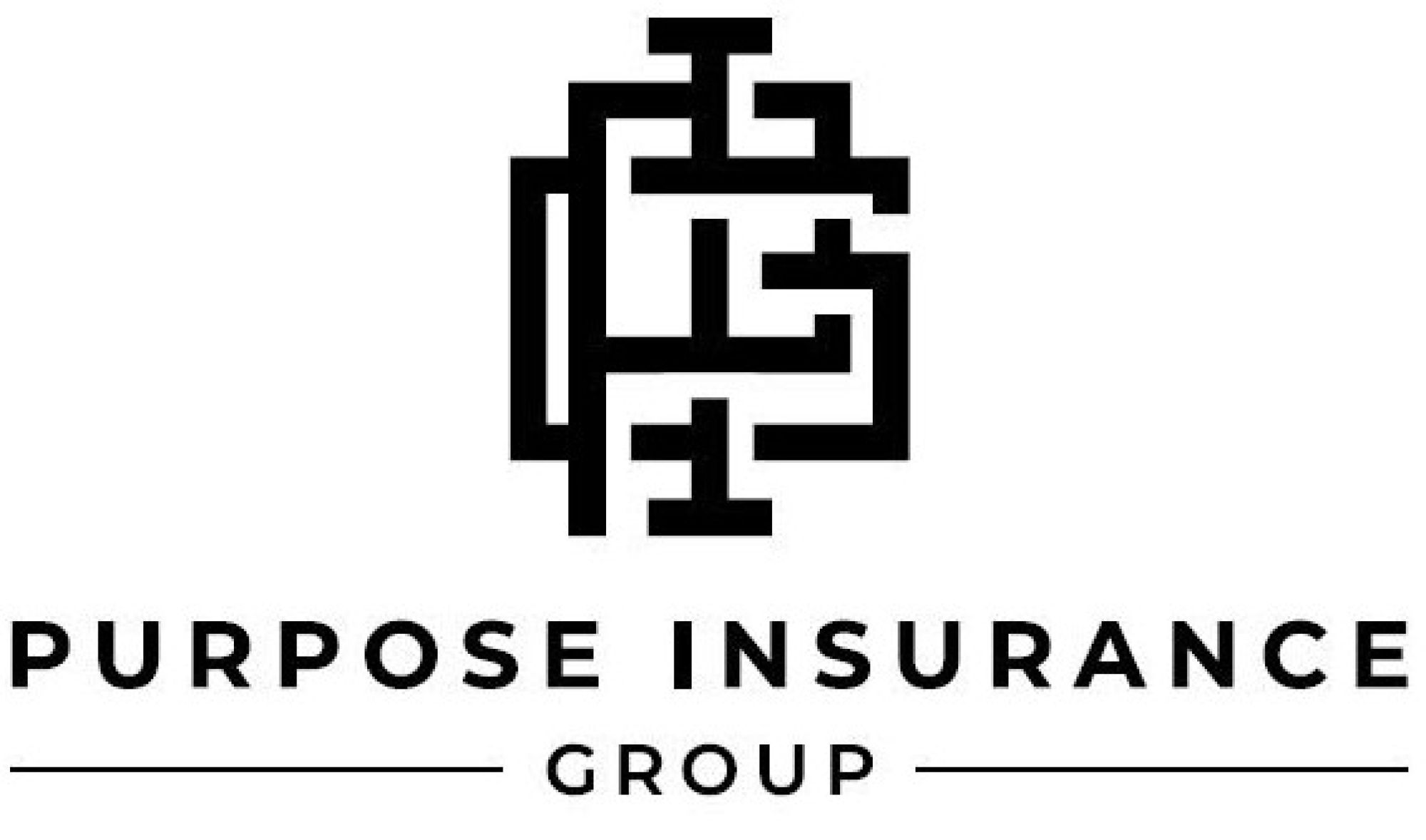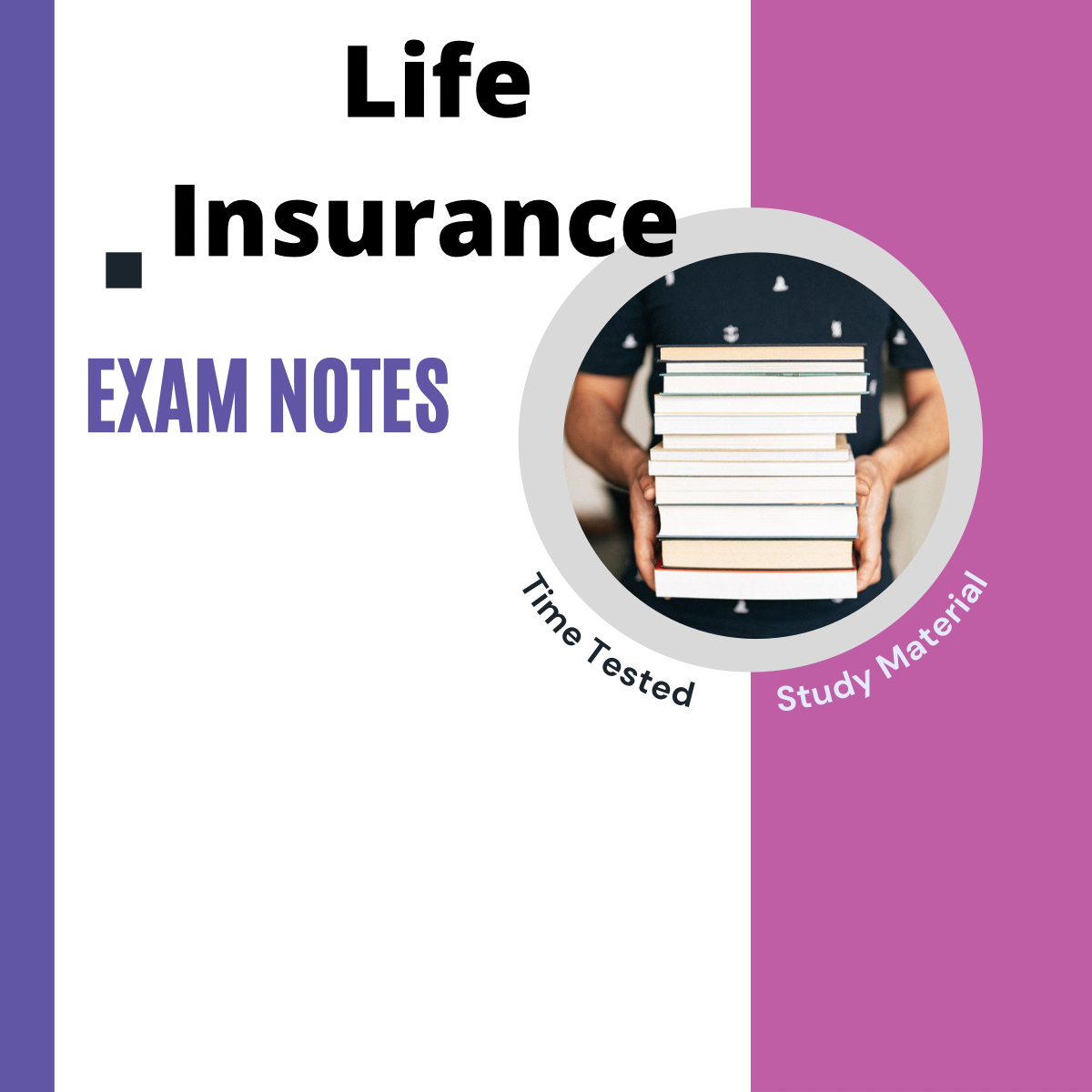Pacific Prime - The Facts
Table of ContentsThe 6-Minute Rule for Pacific PrimeThe 7-Minute Rule for Pacific PrimeNot known Incorrect Statements About Pacific Prime The Ultimate Guide To Pacific Prime
In a lot of states, the insurance provider is called for to send you a copy of the adjustments to your plan. It is essential that you review Endorsements or Cyclists so you understand just how your plan has actually altered and if the policy is still ample to satisfy your requirements. To get a duplicate of your insurance plan, please contact your insurance agent or business.
The Institute of Medicine (IOM) Board on the Consequences of Uninsurance launches a prolonged evaluation of proof that addresses the significance of health and wellness insurance coverage with the publication of this record. Protection Matters is the very first in a collection of 6 records that will be provided over the next 2 years documenting the reality and repercussions of having an approximated 40 million people in the United States without wellness insurance policy protection.

Pacific Prime Fundamentals Explained
The goal of this series of researches is to refocus policy focus on a historical problem. Complying with the lengthiest economic growth in American background, in 1999, an approximated one out of every six Americans32 million adults under the age of 65 and greater than 10 million childrenremains without insurance (Mills, 2000).

10 percent of the populace make up 70 percent of healthcare expenses, a correlation that has continued to be constant over the past three years (Berk and Monheit, 2001) - group insurance plans. Thus medical insurance remains to offer the feature of spreading out danger also as it significantly funds regular care. From the perspective of health care companies, insurance policy lugged by their people helps protect an income stream, and communities benefit from economically feasible and secure health and wellness treatment specialists and institutions
Government offers medical insurance to populations whom the private market may not serve efficiently, such as disabled and elderly persons, and populaces whose see accessibility to wellness treatment is socially valued, such as kids and expecting women. The supreme ends of health insurance policy protection for the specific and neighborhoods, including office communities of employees and companies, are enhanced health and wellness results and quality of life.
Not known Facts About Pacific Prime
Staff members place wellness insurance coverage first by much in significance among all the advantages provided in the work environment (Salisbury, 2001). There have been substantial investments of individual and public funds to give health insurance, lots of people still have no protection. In spite of extensive coverage of study findings and healthcare research results, the basic public remains baffled and mistaken about Americans without medical insurance and the ramifications of doing not have coverage.
:max_bytes(150000):strip_icc()/basics-to-help-you-understand-how-insurance-works-4783595_final-9cf74d5b66d14f88a21ab29ddb290e2d.png)
Without doubt, the intricacy of American healthcare funding devices and the wealth of sources of details contribute to the public's confusion and skepticism regarding wellness insurance policy stats and their analysis. This record and those that will follow goal to boil down and present in readily reasonable terms the extensive research that bears upon questions of health insurance policy coverage and its value.
Fifty-seven percent of Americans surveyed in 1999 thought that those without medical insurance are "able to get the care they need from physicians and hospitals" (Blendon et al., 1999, p. 207). In 1993, when national attention was focused on the troubles of the without insurance and on pending healthcare regulation, simply 43 percent of those questioned held this idea (Blendon et al., 1999).

They likewise receive fewer preventive solutions and are much less likely to have regular care for persistent conditions such as hypertension and diabetic issues. Chronic conditions can cause costly and disabling issues if they are not well handled (Lurie et al., 1984; Lurie et al., 1986; Ayanian et al., 2000). One national study asked greater than 3,400 adults concerning 15 extremely major or dark problems.
Facts About Pacific Prime Uncovered
Extra evidence exists later in this phase in the conversation of insurance policy and access to healthcare. https://penzu.com/p/79996ae8dade0171. People without medical insurance are young and healthy and choose to do without protection. Almost half (43 percent) of those surveyed in 2000 believed that individuals without medical insurance are more probable to have wellness troubles than people with insurance policy
Voters and plan makers in emphasis group conversations identify those without insurance policy as young individuals that have the opportunity to be covered and feel they do not need it (Concierge Novelli, 2001). Compared to those with a minimum of some exclusive protection, the uninsured are less most likely to report remaining in exceptional or excellent wellness (Agency for Medical Care Research and High Quality, 2001).
RESOURCE: Facility for Expense and Funding Studies, Company for Healthcare Study and Top quality, based on MEPS data. Youthful adults between 19 and 34 are much more likely to do not have medical insurance than any type of other age. This is primarily because they are less often qualified for employment-based insurance coverage as a result of the nature of their job or their brief period in it.
The understanding that people without insurance have better-than-average health and wellness complies with from perplexing the relatively young age profile of the uninsured with the much better wellness, usually, of younger individuals. This covers the link between health standing and medical insurance. For those without access to workplace medical insurance, bad health and wellness is a prospective barrier to buying nongroup insurance coverage due to the fact that such insurance coverage might be very valued, leave out preexisting conditions, or be merely inaccessible.